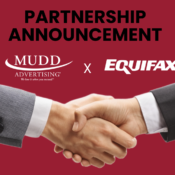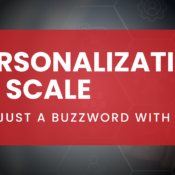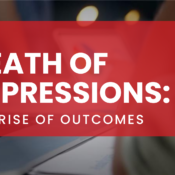/
/
‘What’s Catching Our Attention?’ & Other Social Media Takeaways
Alicia Locher and Megan Watters, members of the Mudd Academics team, had the opportunity to attend the Chicago Ideas Week Lab – Chicago Tribune Media Group. At today's event, Alicia and Megan toured the Chicago Tribune newsroom and then sat in on a social media discussion with CTMG Social Media Manager Amy Guth and Trib Nation Manager James Janega. Below Alicia provides some of her main takeaways from the event.
1) Don’t ask yourself the question in the status box on Twitter, “What’s happening?” Ask yourself, “What’s catching my attention right now?” That’s what people will react to. “I’m eating a sandwich.” is a very different tweet than “Still on the hunt for the best hoagie in Chicago.” People respond to the latter.
2) The future of business as James Janega and Amy Guth see it is not necessarily having a corporate image talk to you, the consumer base. It is in one-on-one relationships, which the Tribune happens to have millions of. One-on-one relationships are where trust is built. For instance, a person who tweets @ChicagoBreaking Did you know there’s a fire on State Street? Lots of emergency vehicles blocking state and lake. [link to picture] is a great example of brand interaction on a local, one-on-one level. Amy and James both cited instances where their Twitter followers broke news to them.
Another instance of one-on-one contact with customers is @colonelTribune. This fictional Twitter character is a great example of a brand interacting individually with people. The cartoon is a fake dude, but he’s so real to the followers who interact with him. i.e. @ColonelTribune Didn’t hear from you yesterday. Were you sick?
3) Your number of followers is a drop in the bucket—how many people share your content, react to it and click on the link? That’s what Amy thought was important, which makes total sense. You could have 10,000 followers and only 100 care about your content. Thus, you have 100 real relationships.
4) Your tweet content should roughly be broken into thirds: 1/3 original content (usually about your company), 1/3 interaction with followers or others in the industry and a 1/3 dedicated to sharing others’ industry-relevant content.
5) We need to train groups of people in our organization on how to interact appropriately on Twitter and let them know it’s not so scary. Everyone has expertise—it’s finding the area where your expertise meets a need. For an HR manager, Amy pointed out, this might be tweeting an article she came across on tips for recent college grads looking for jobs or tips for resume writing. For event coordinators, the tweet scene looks very different.
Recent Posts
Mudd Advertising
Mudd Advertising is Partnering with Equifax
Mudd Advertising
Personalization at Scale—Not Just a Buzzword
Mudd Advertising
The Death of Impressions: The Rise of Outcomes
All Categories
Tags
aia ads
automotive
ctv
digital marketing
direct mail
direct marketing
display
display ads
dynamic inventory display
email
email marketing
EV marketing
facebook
gbp
google analytics
google my business
google my business inventory
google shopping ads
internet marketing
local seo
MUDDid
mudd id
online marketing
pay per click
performance max
pmax
pop
ppc
radio
retargeting
search engine marketing
search engine optimization
sem
seo
social
social media
social media marketing
traditional marketing
traditional media
ux management
vehicle listing ads
video advertising
video production
vla
web ux




